My experience with Design Factory and its coffee cups
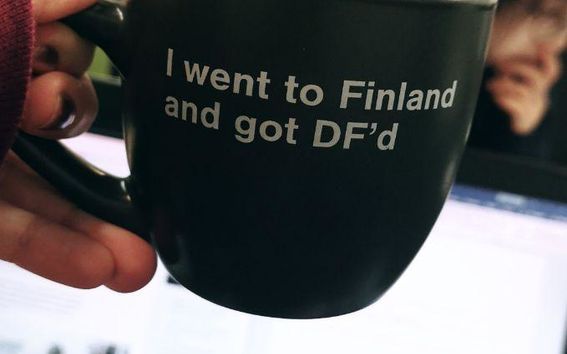
In this blog post, I want to share with you my experiences from ME310 Global Innovation Program taught in Design Factory (DF). I took ME310 in 2019/2020 as a minor. That time it used to be a 9-month long Design Thinking course until it merged with IDBM this academic year.
Let’s start with the place itself! ME310 had its own space in DF, a whole classroom! How cool is that? My course mates and I spent there a loooooot of time. Each Wednesday and Friday we started at 10 in the morning and often stayed till late evenings. As a student, I really appreciate having my own space as I can leave project-related/personal items. My team had many posters and figures on the white boards around our table and a paper board for team pictures. However, the aspect I liked the most was that we could draw on the tables. There were many prototypes from past years placed on shelves on the walls and some screens we could use. We had a ukulele and a skateboard too!
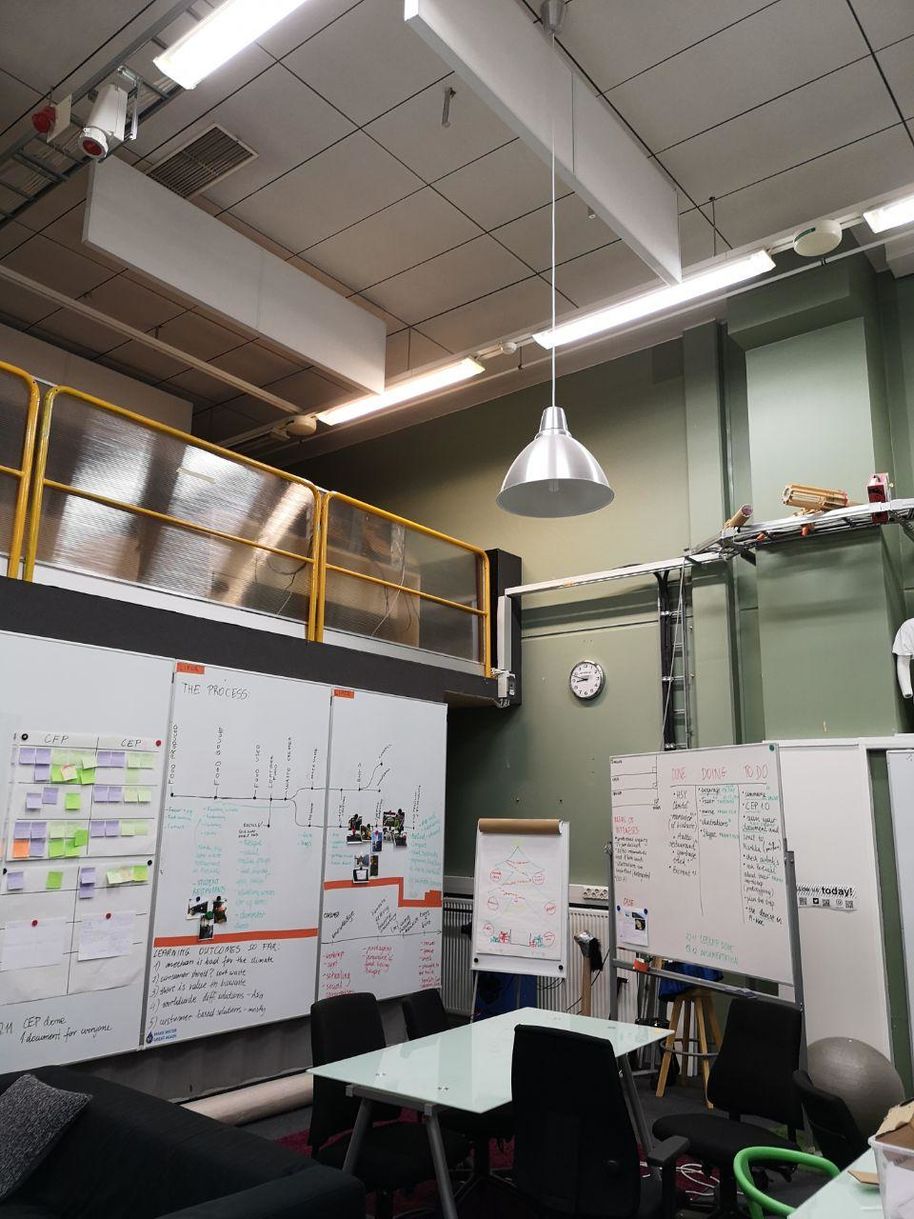
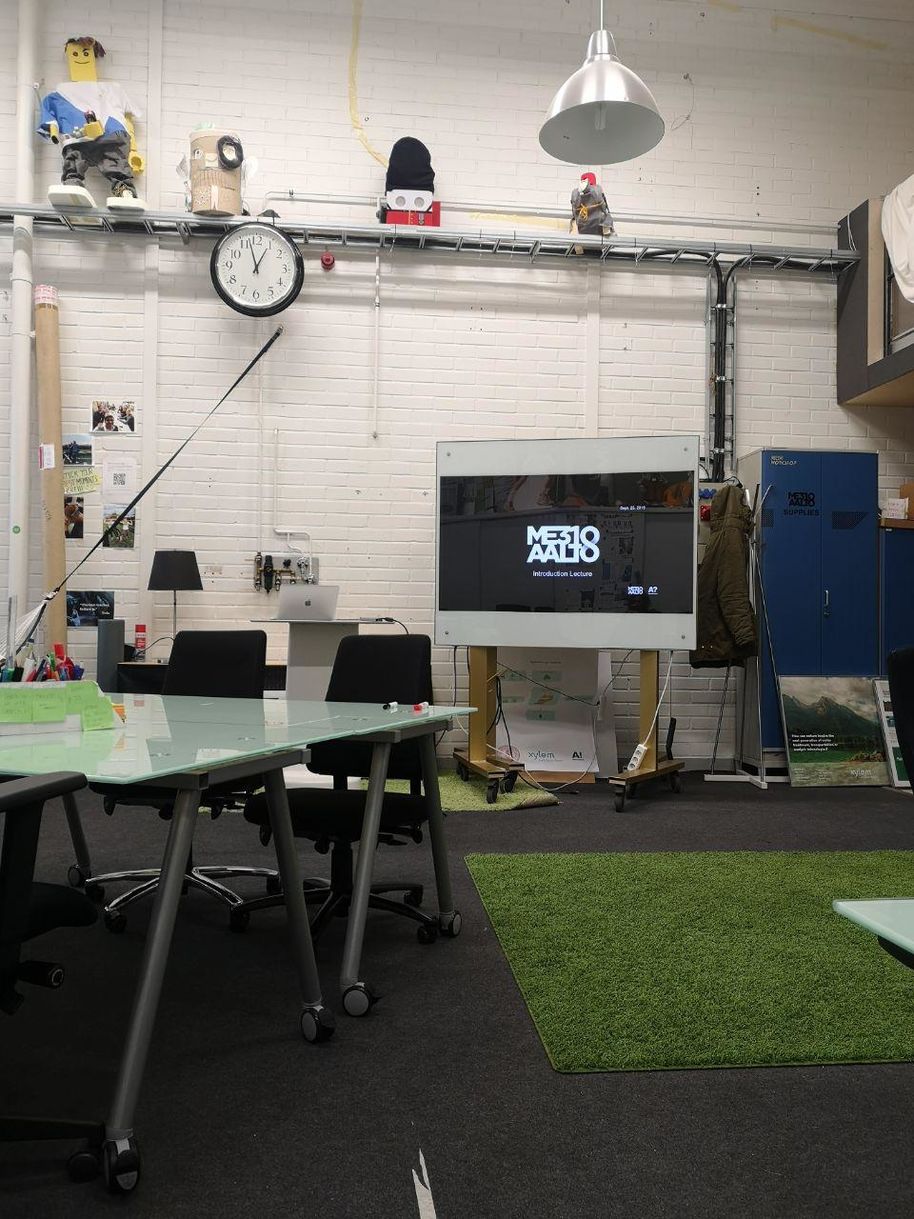
The idea of the course was to solve a problem given by a company. In our case – “Improve a positive contribution of the citizen to the viable and selective collection of food waste” by a Portuguese waste management facility called Lipor. All students had infinite ideation sessions and sometimes we felt a bit lost. To be successful, we followed the Stanford Design Innovation Process.
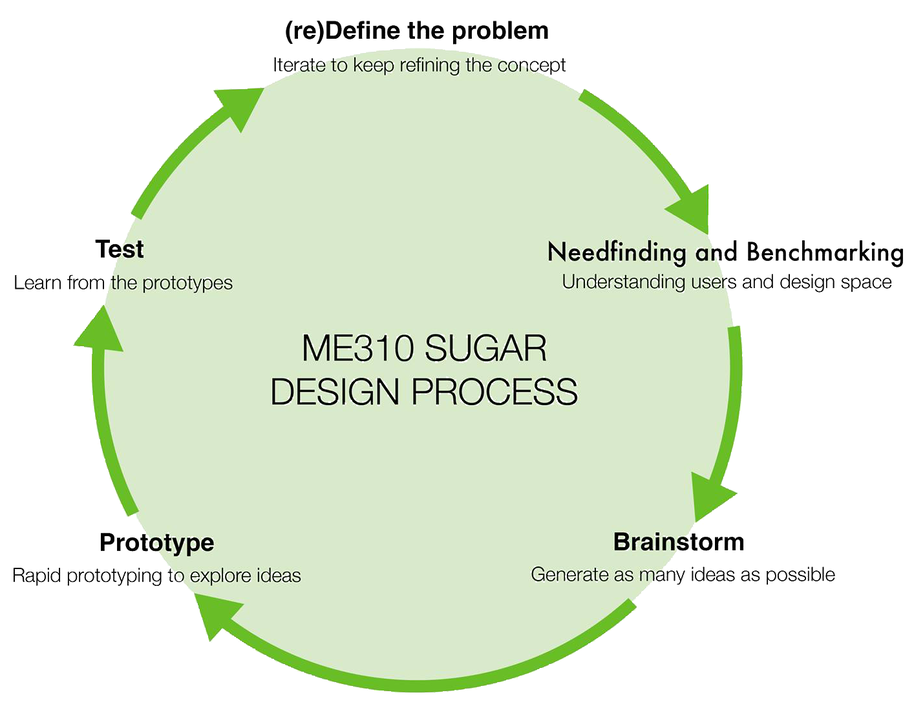
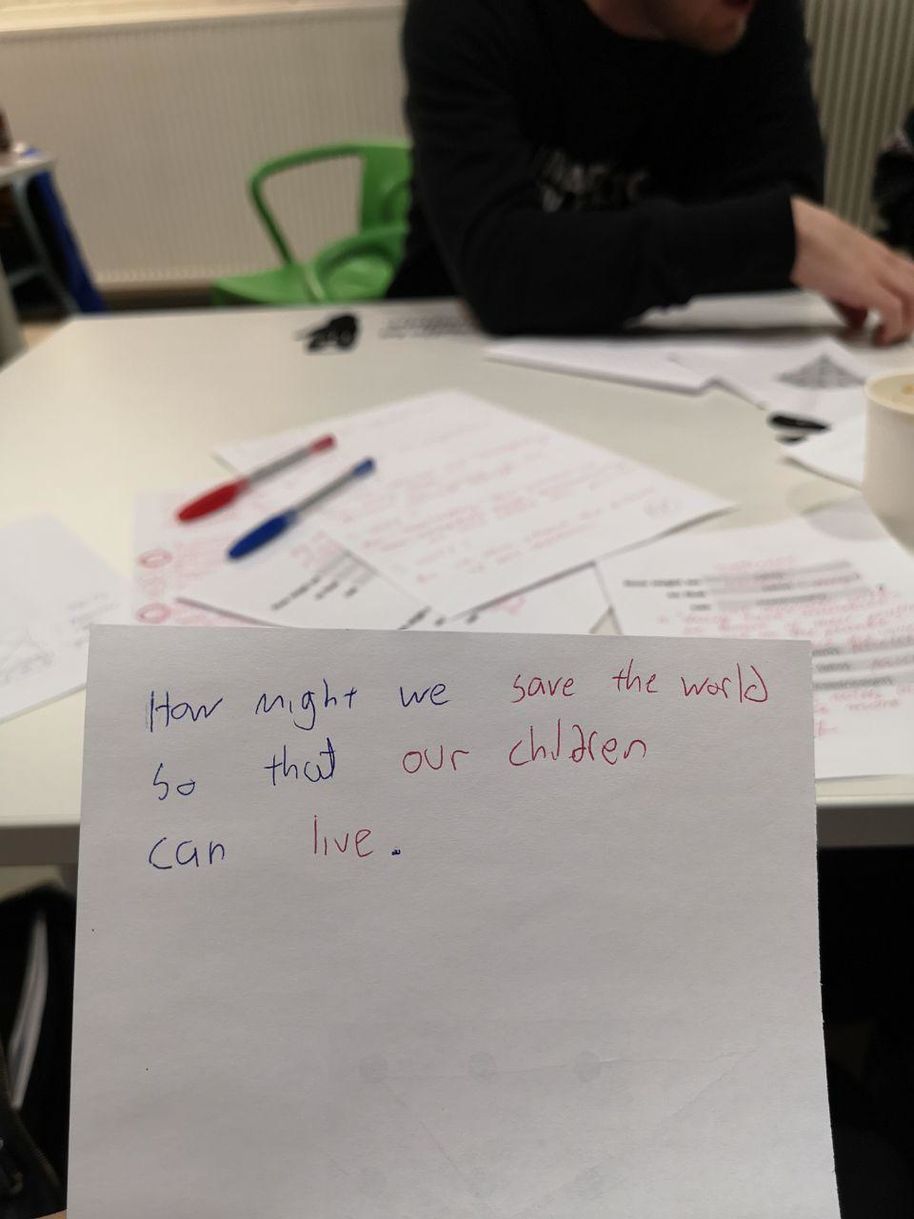
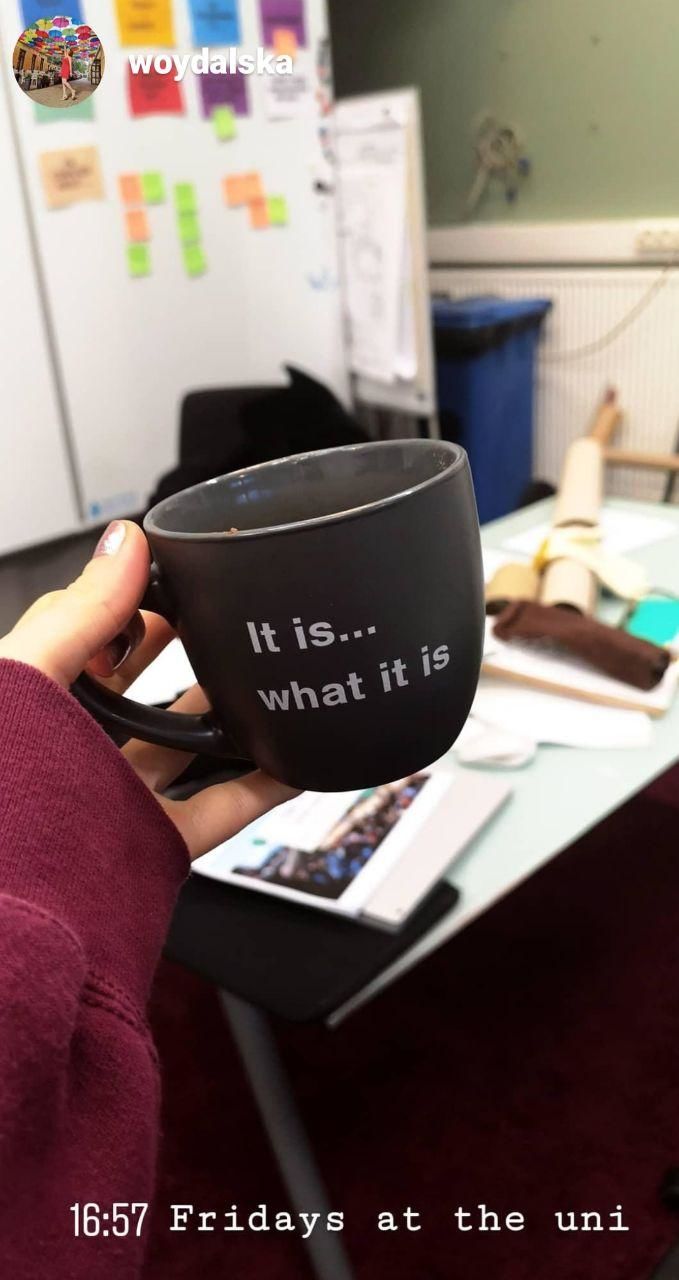
But the heart of the course was prototyping! Sometimes even on Sundays. In the beginning of the course, I created a stick that aimed to throw balls to a goal as a team integration assignment.


My team members and I came up with many crazy prototypes. For example, once we asked strangers to try our biowaste pills. They weren’t really made of biowaste, but we wanted to research how people react to the term “biowaste”. Another time, we used a juicer to prove how much liquid can we get from one kilo of biowaste. Once, we even tested our bear-bio-bin prototype with children from kindergarten.

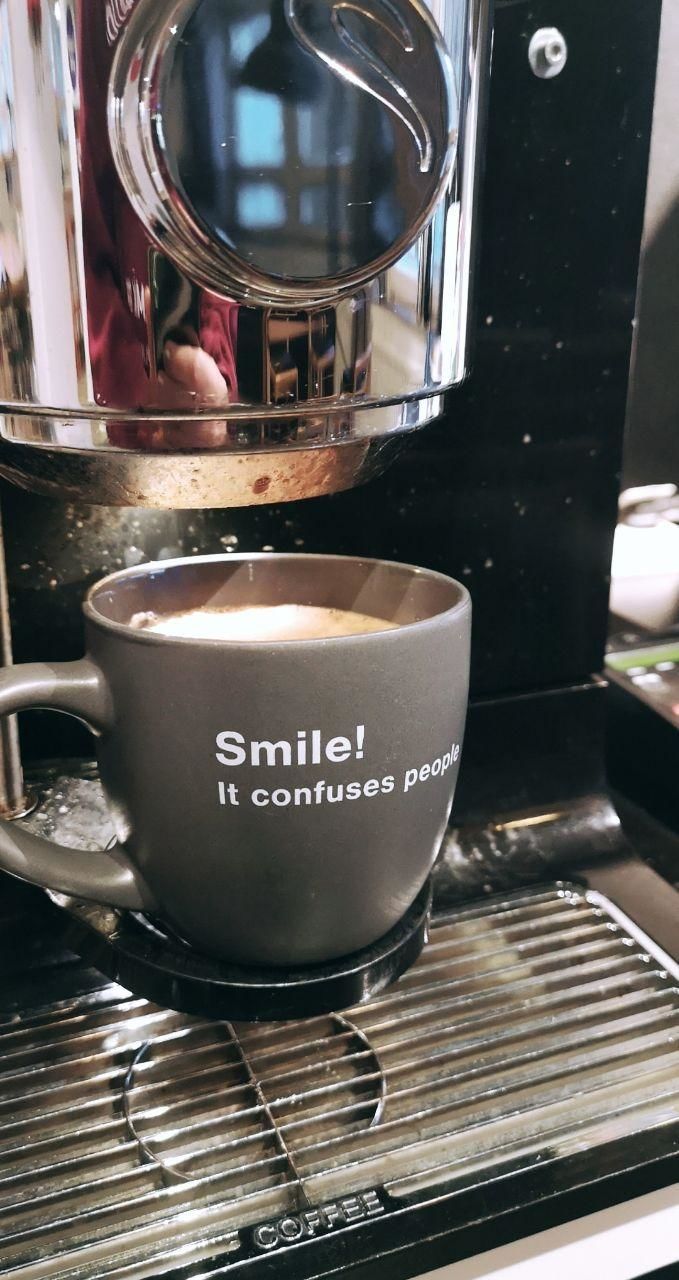
The most important place in Design Factory is the workshop. There are separate rooms for 3D printing, storages with random objects and electronics, a biochemical lab, a room for printing and wood cutting. In the main workshop, you can easily find drillers, tongs, rasps, and so much more. You should check it out by yourself!

Each team had a large budget and the opportunity to travel. My team visited the HSY biowaste facility in Helsinki and afterwards, we flew to Portugal to meet our international team and our sponsor. In Porto, we worked for the most of our time in Porto Design Factory, but we managed to sightsee the city a little bit and eat delicious Portuguese cuisine. Personally, I fell in love with roasted pineapple served in Brazilian barbecues.
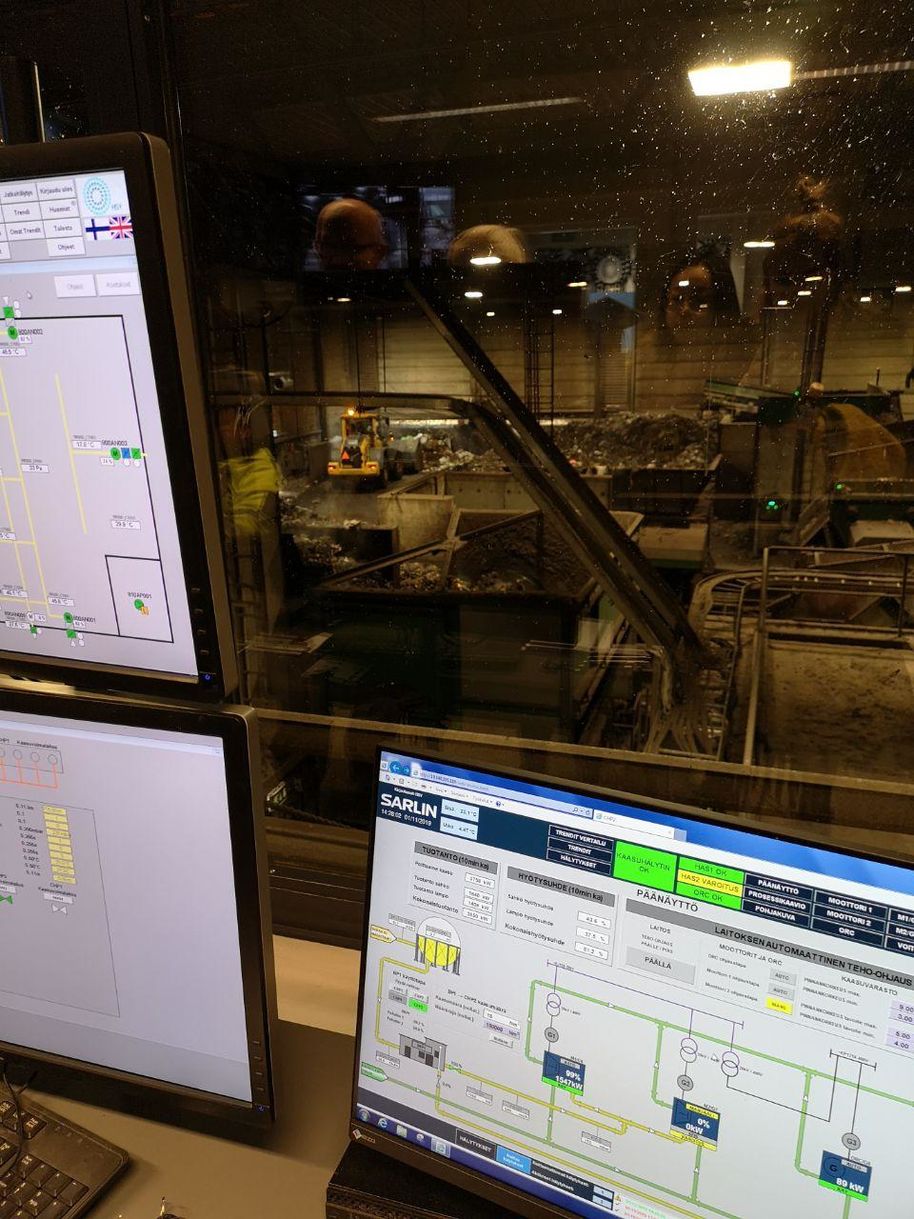
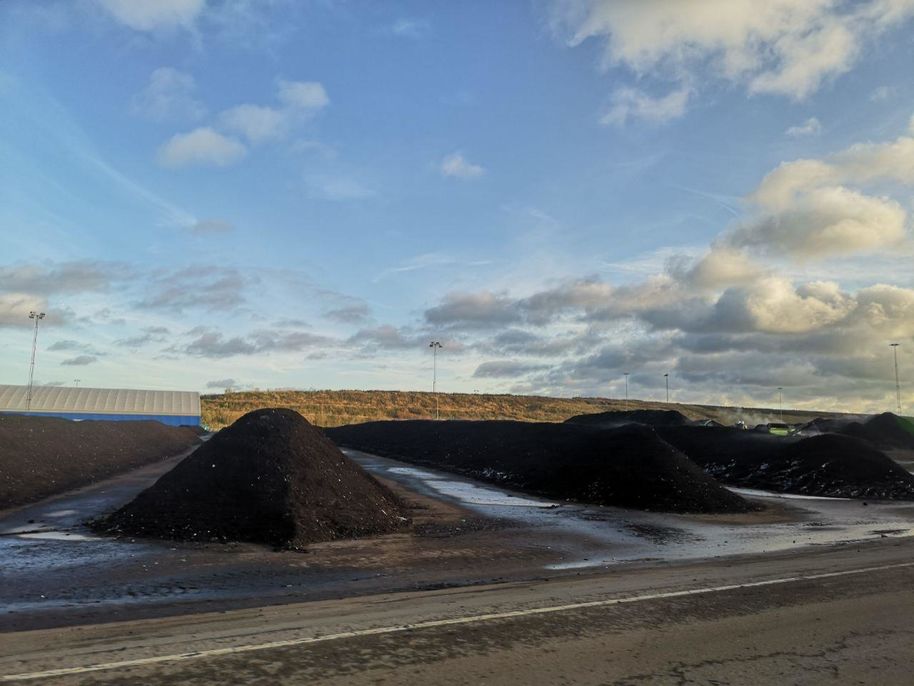
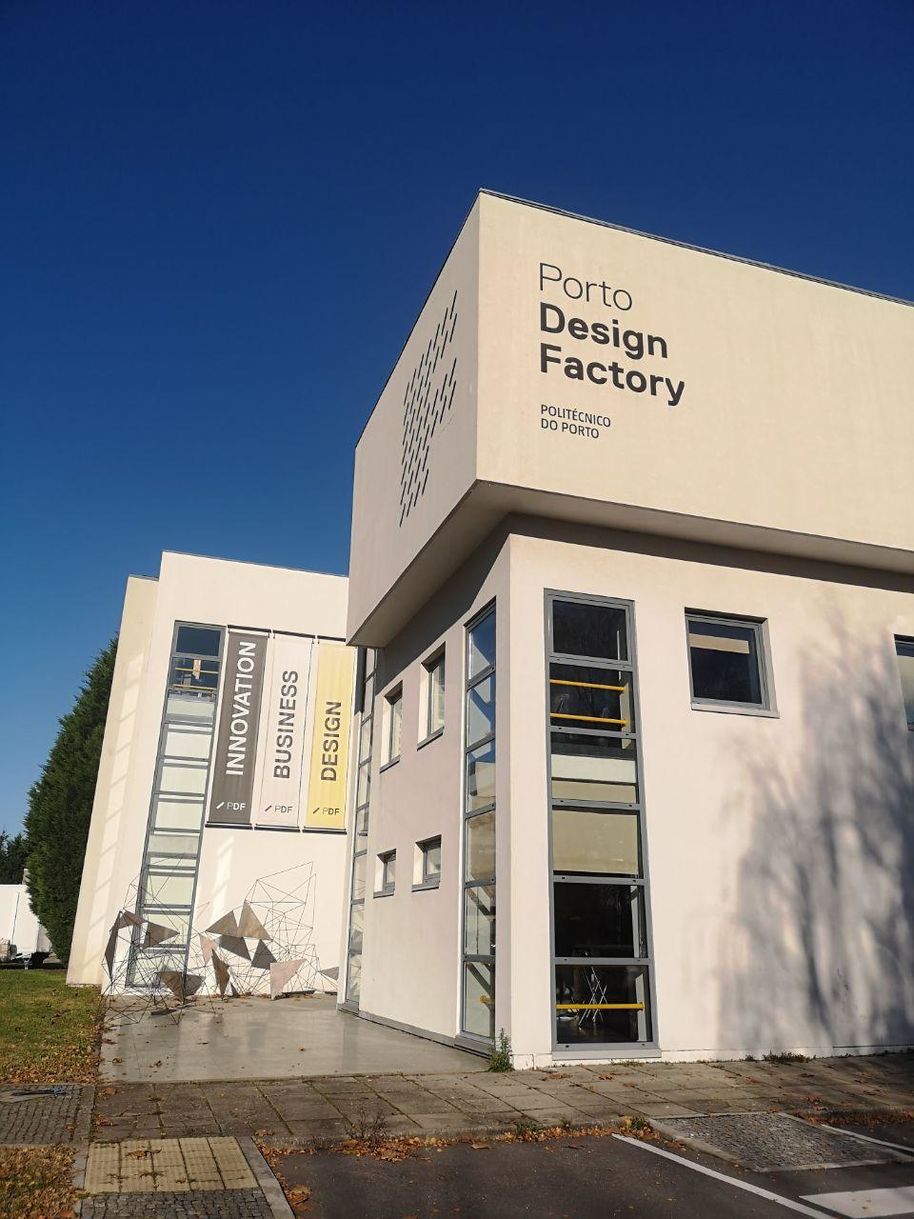
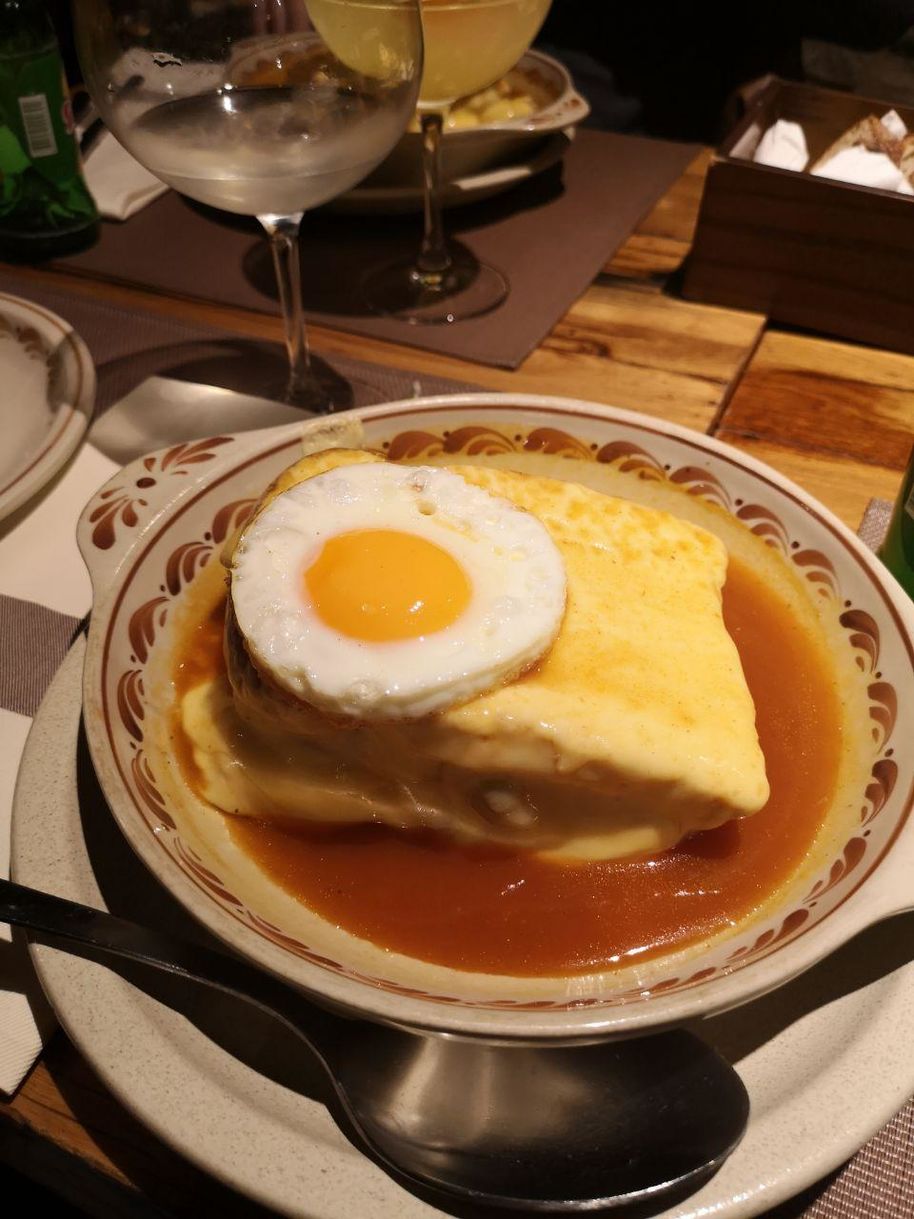
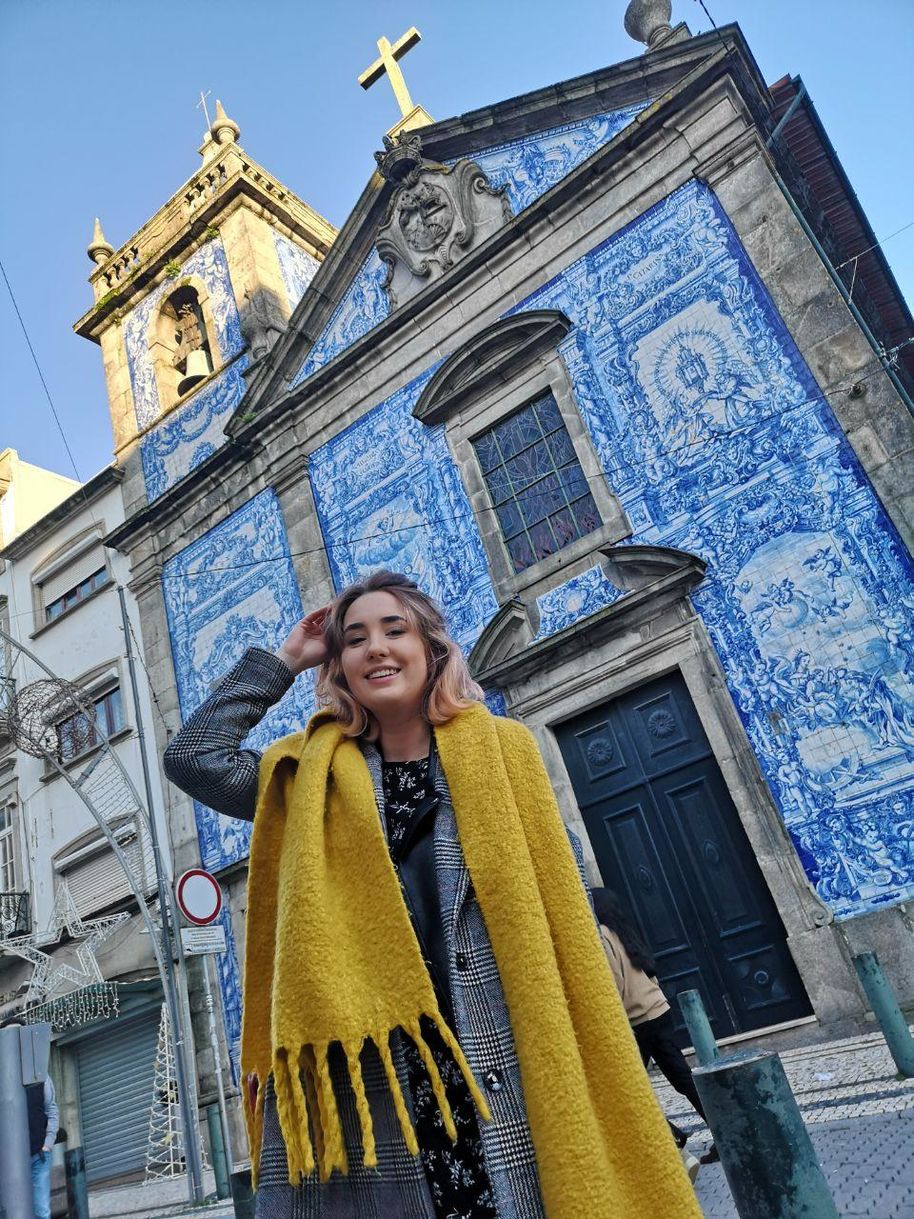
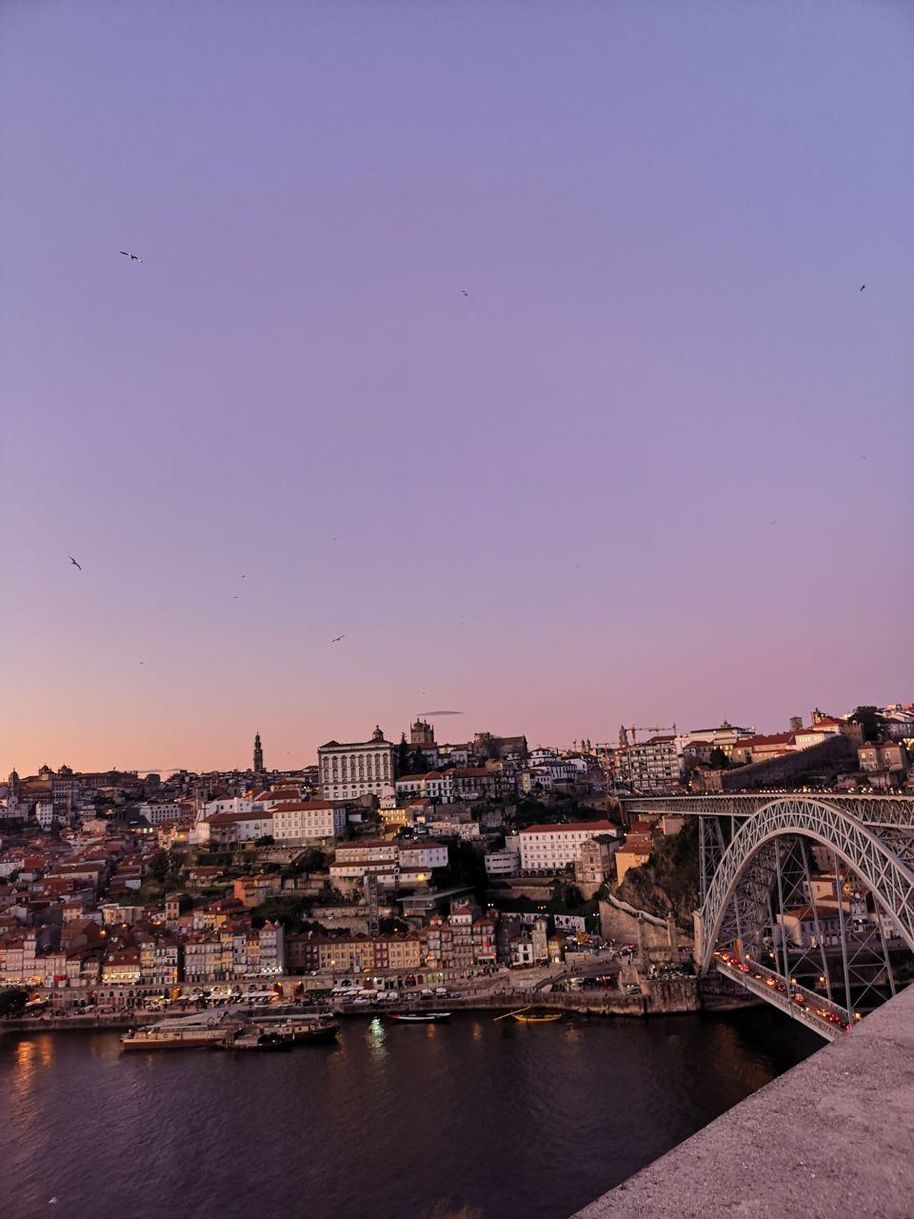
But what did I learn? What did I steal from Design Factory? For sure, I have learned a lot about user-centered design including user tests and (international) teamwork. I think before, I didn’t even realize how important it is to understand user’s needs and how difficult it is to conduct a meaningful interview. I met amazing people, and some of them are my best friends now. I solved a company case, which I think will surely benefit in my future career. I experienced a huge project freedom in an extremely inspiring and creative environment. It is amazing how much Aalto trusts the students and how great the workshop was. We could access them anytime we wanted and get any electronics we wished for. It was a wonderful experience with many empty coffee cups. If you’re interested to know more about the project, you can access my team’s protobooklet here. I can strongly recommend any DF course.
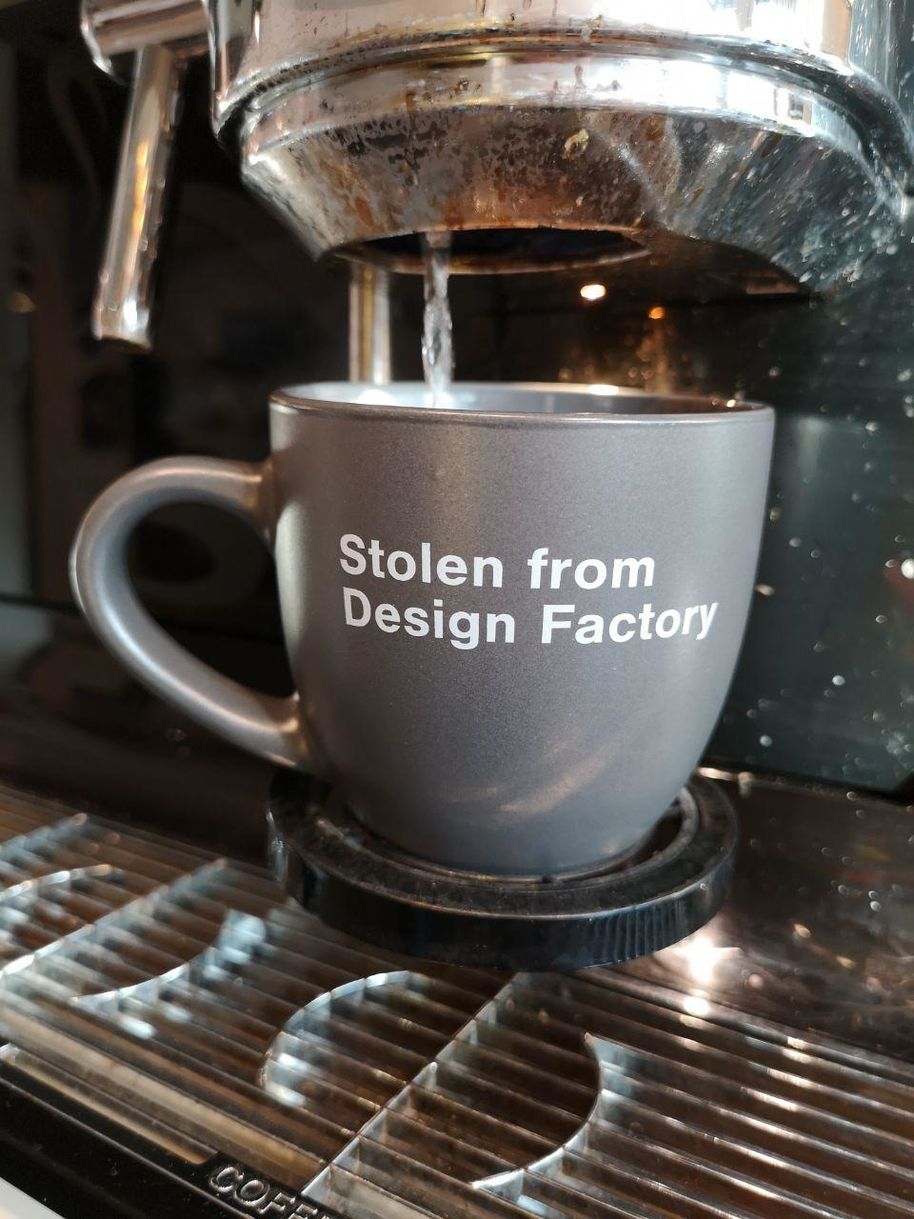
What is left to say is: I went to Finland and got DF’d and you should try it out, too!
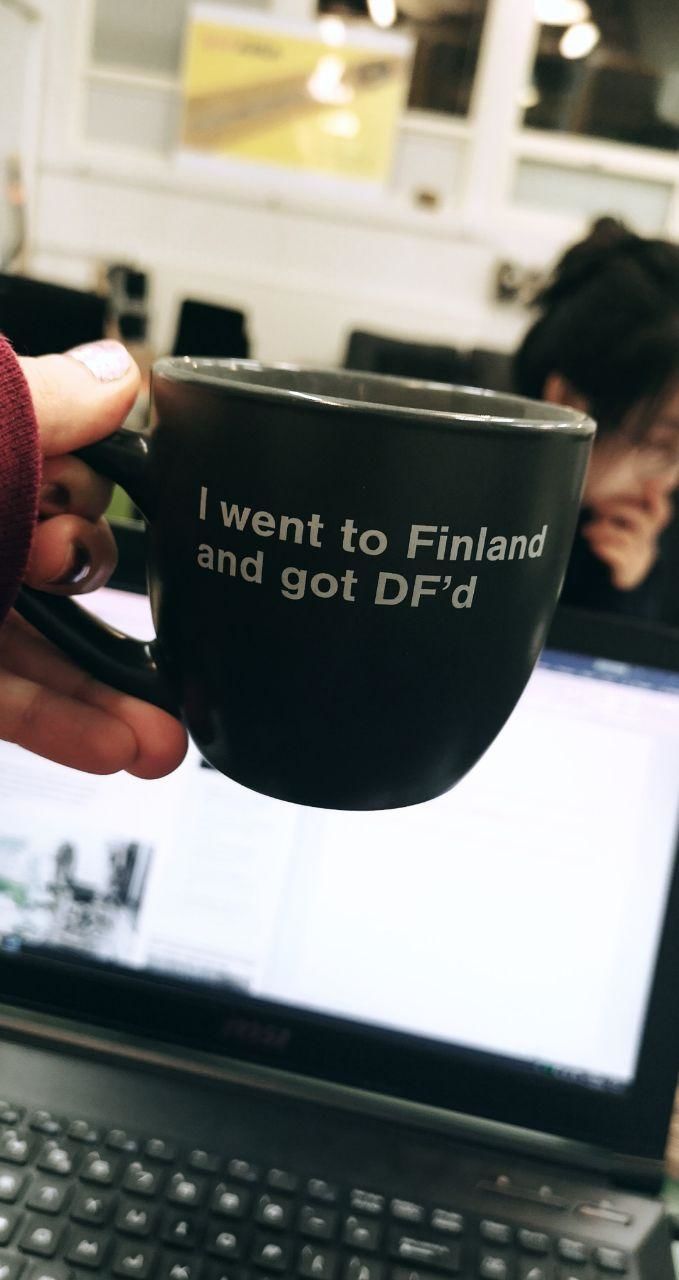
Katarzyna Wojdalska
Functional Materials
Aalto study options
Contact email: aaltosquad(at)aalto.fi
To see more posts from the previous blog platform please visit: https://ourblogs.aalto.fi/en/more-than-the-degree
Show other posts from this blog

Micro Invaders by Robot Uprising
Are you a fan of robots? Helsinki is the right place for you!Surviving Helsinki prices as a student
How to live cheap as a student in Helsinki, Finland. Tips for living on a student budget from an Aalto student.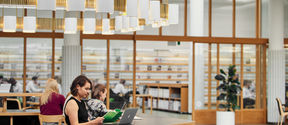
Do you need some career advice?
Boost your career with these easy tips from an Aalto Squad member.